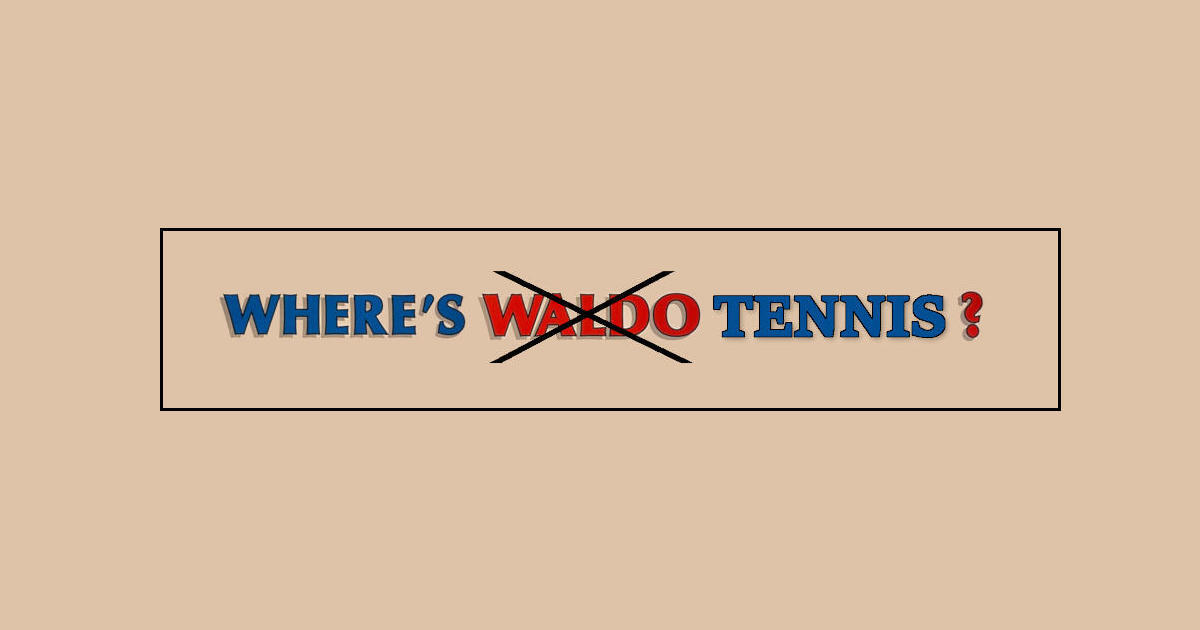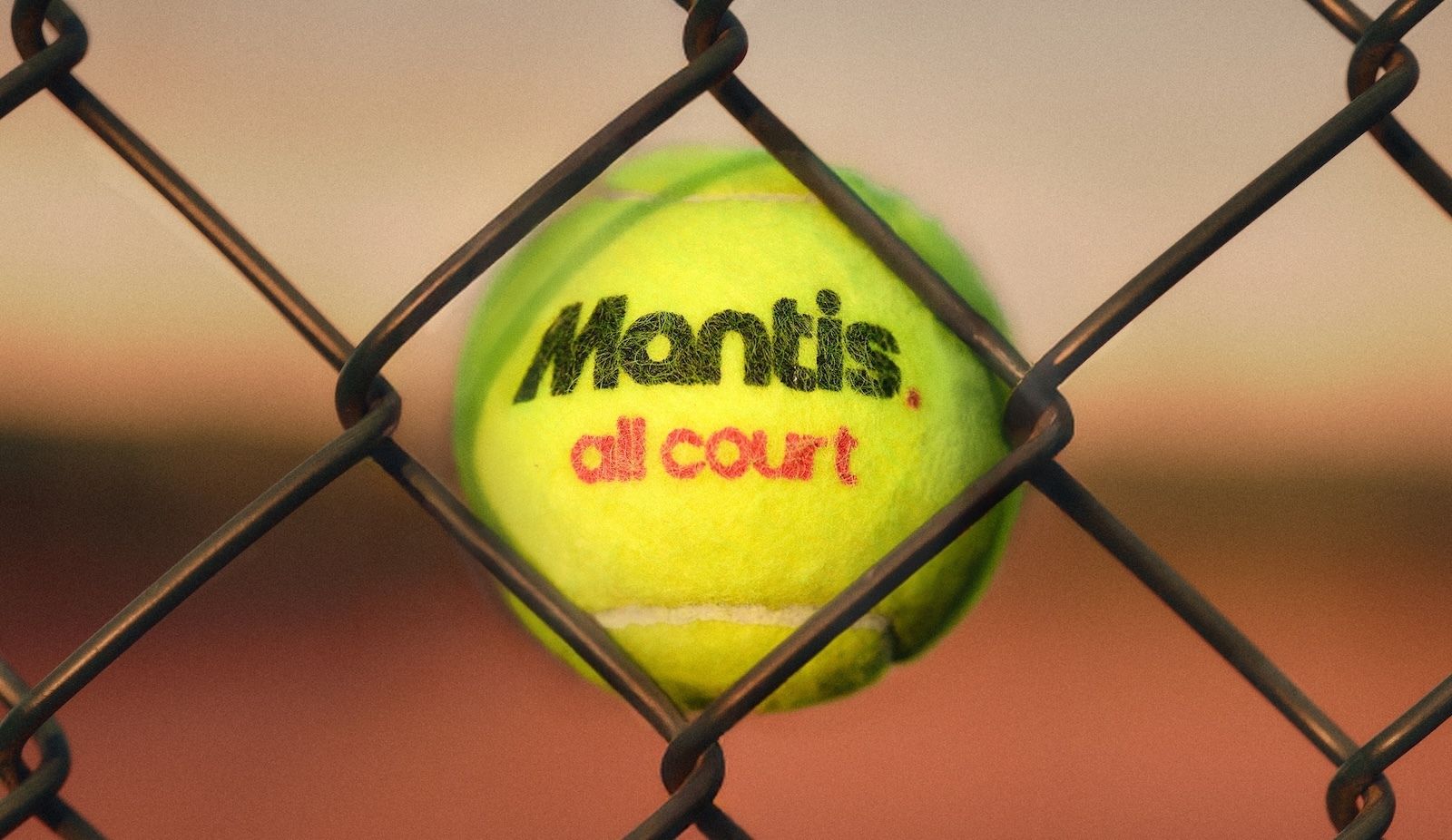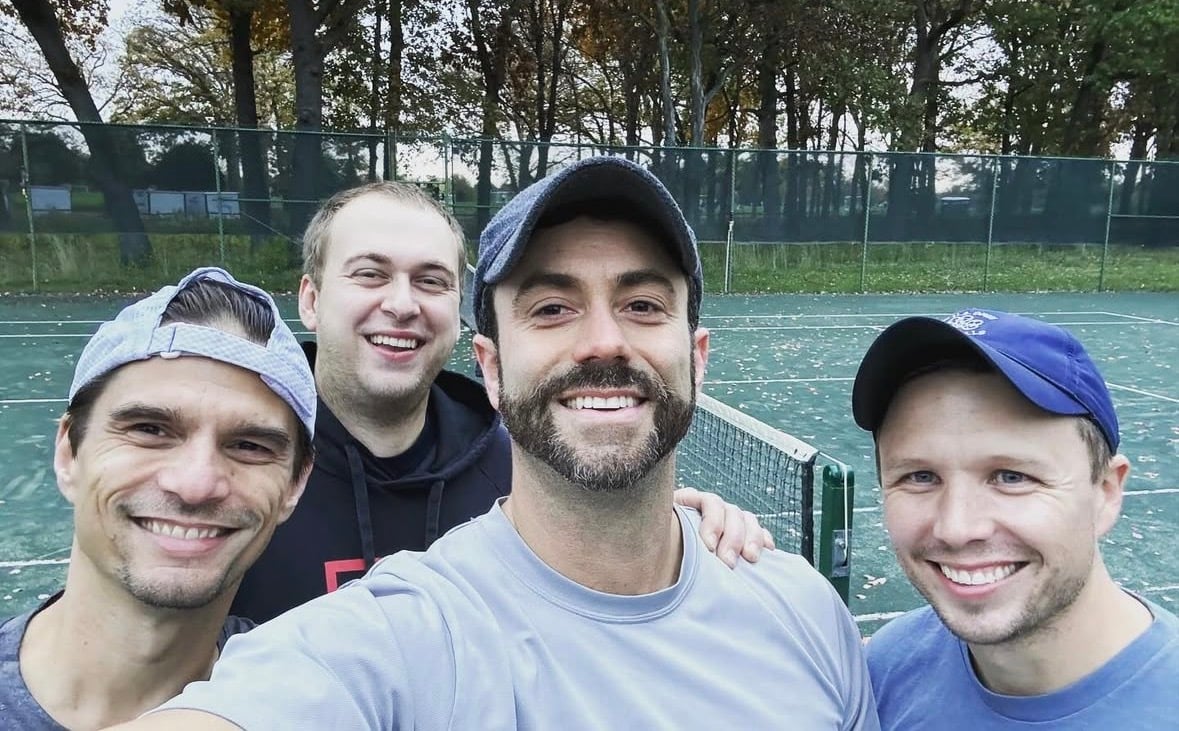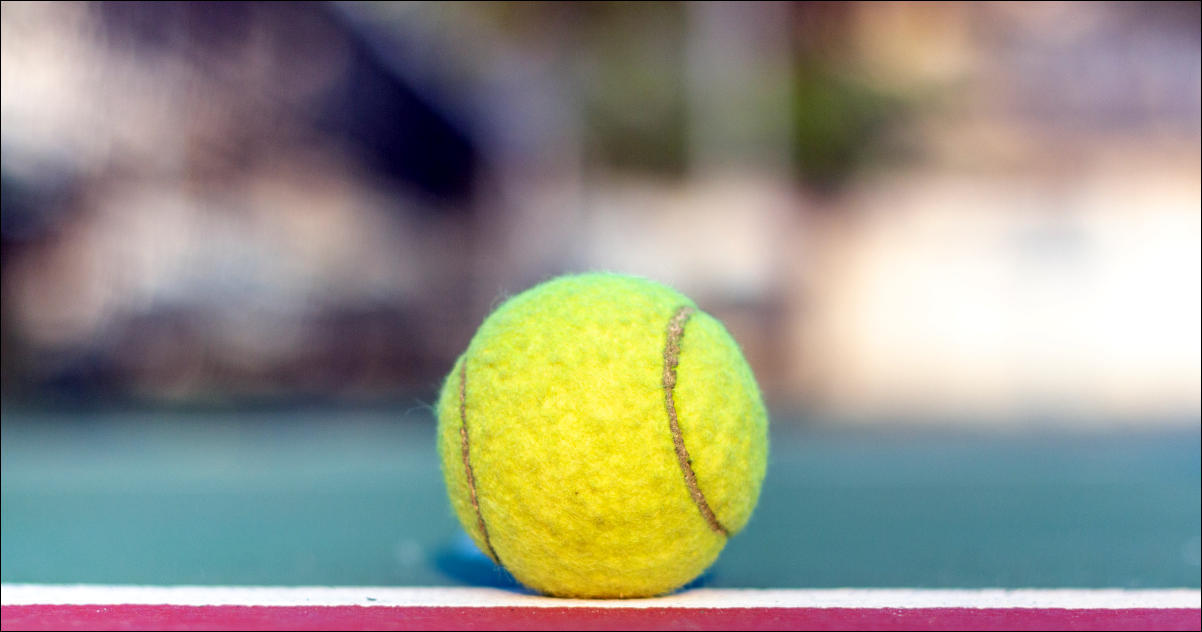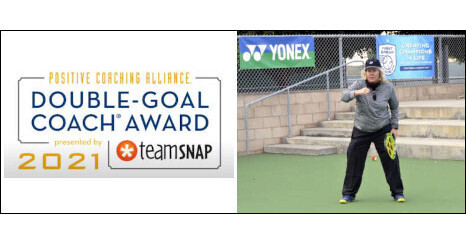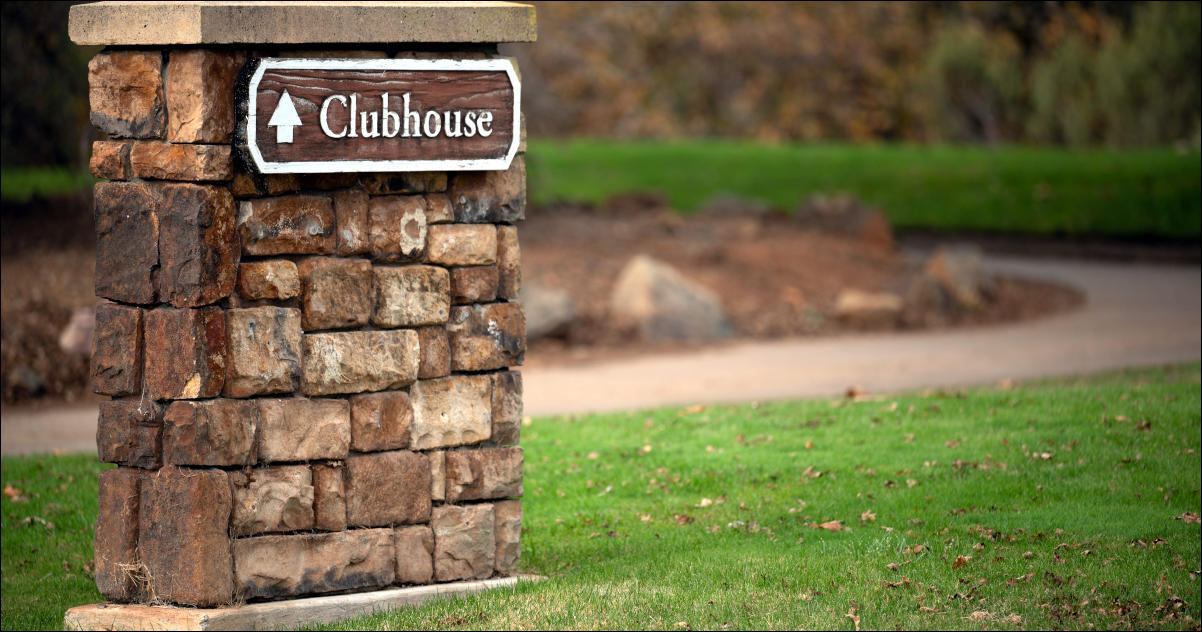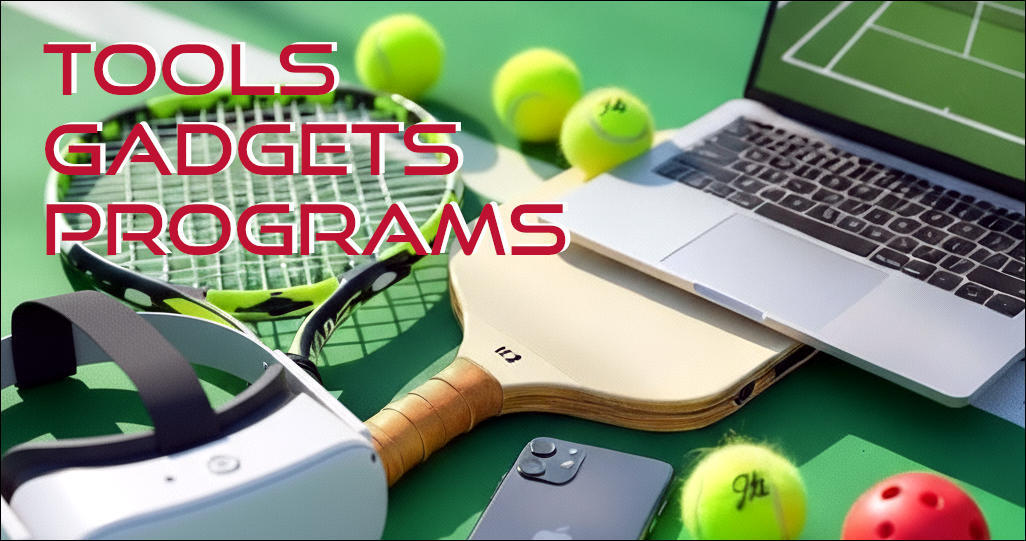- Racket Business
- Posts
- October 2025 issue
October 2025 issue
News, trends, conversations, and "holding their feet to the fire" since 2014
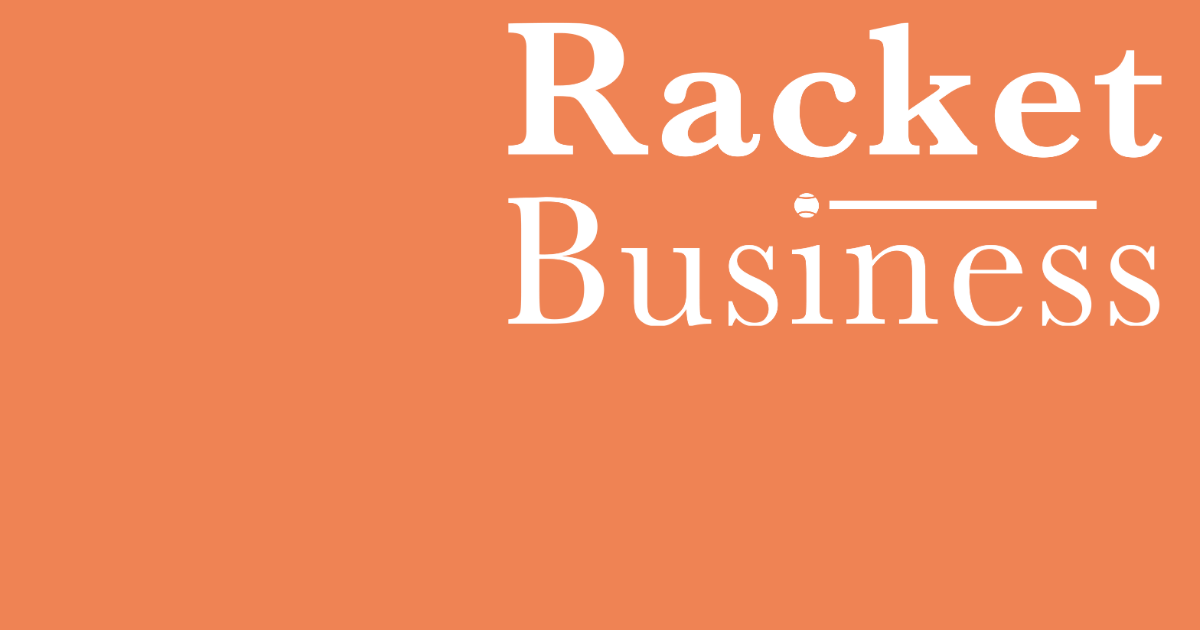
Hello dear readers, friends, and racket sports enthusiasts.
Welcome to the October issue of Racket Business! Since 2014, we’ve been committed to shining a light on the stories, challenges, and opportunities shaping the racket sports industry — and this month is no exception. Inside these pages, you’ll find a mix of sharp analysis, heartfelt tributes, and bold conversations meant to keep our industry honest and moving forward.
From inside the lines, we lead with an exclusive feature on why governing bodies must keep investing in racket-sport facilities. With tennis participation hitting historic highs, pickleball surging past 19 million players in the U.S., and padel courts spreading worldwide, the demand for infrastructure has never been greater. We explore why facility investment is more than just bricks and mortar — it’s about public health, economic growth, and ensuring a sustainable future for our sports.
But that’s just the beginning. In this issue you’ll also enjoy:
Publisher’s Notes: From the US Open to RacquetX, Nikola Pilić’s passing, and thoughts that make us go “hmmm…”
Tough Questions: ‘When Will Tennis Break Its Shackles’ and do tennis NGBs act like a cartel?
Industry Voices: David Martins on accelerating tennis customers, Gary Horvath on certification, Susan Nardi on sportsmanship, and Rod Heckelman on the coaching impact of the US Open’s new format.
Behind the scenes: Jonas Eriksson of Tennis Nerd on building a trusted gear review empire, the founder of a new player-finding app tells all and Roger Federer’s guide to creating a commercially compelling racket sports event.
Trending Now: Esports tennis in Las Vegas, WRC25 highlights, and why pickleball continues to generate buzz beyond the kitchen.
Technology & Management: October’s Racket Sports Tech updates, plus Rod Heckelman on managing facilities, supplies, and people with balance and mediation.
Global Growth: Padel power sweeping the world, and Fast Track Tennis partnering with Zina Garrison to expand access.
Community Resources: New podcasts, September’s best webinars, and our updated Events Calendar with every major racket sports gathering for the next 12 months.
As always, our mission is to deliver content written by human professionals who live and breathe this industry. While we sometimes use AI tools to polish syntax, the insights, opinions, and creativity you read come directly from us and our contributors.
We hope this October issue sparks conversations, challenges assumptions, and provides actionable ideas for your work in racket sports.
See you courtside,
Rich & Tim (Learn more about us)
P.S. If ever you can’t find Racket Business in your inbox, check your spam folder. And please mark this address as ‘not spam.’ If you’re using Gmail: On mobile, please tap the three dots in the top right and select “move to” and then “primary.” On desktop, please drag this email into your “primary” folder. If you’re using Apple mail: please select our email address and then select “Add to VIPs.” This will ensure you get the email each month.
From inside the lines…
An exclusive series of short features, only available to newsletter subscribers, from the owner’s of Racket Business. This month…
Why Governing Bodies Must Keep Investing in Racket-Sport Facilities
Racket sports are no longer a niche corner of the sports market — they are a growth engine for participation, community health, and local economies. Governing bodies that continue to invest in courts and facilities will not only sustain that momentum, they’ll unlock measurable social and economic returns.
Participation data are impossible to ignore. The ITF reports that global tennis participation has surged to 106 million people, a rise of more than 25% in five years — proof that demand for courts and programmes is growing worldwide. At the same time in the U.S., the Sports & Fitness Industry Association found pickleball to be “the fastest-growing sport,” with participation jumping dramatically year-on-year (SFIA reports ~19.8 million Americans played pickleball in 2024). And governing bodies for emerging racket sports report similar growth: padel’s global footprint is expanding rapidly, with tens of thousands of courts added in the last few years.
Those headline numbers matter because they translate directly into demand pressure on facilities. USA Pickleball’s 2024 figures show the database grew by 18,455 new courts in 2024 alone (68,458 total courts tracked), demonstrating that supply must be scaled quickly to keep pace. “Places to Play” metrics like these prove that without timely investment, cities and clubs face capacity shortfalls and missed opportunities.
Beyond participation, the economic case for investment is tangible. Local tennis centre feasibility studies and USTA economic reports repeatedly show strong multiplier effects: visitor spending, coaching employment, tournaments and grassroots programmes generate tourism and recurring local income. For example, USTA-linked economic analyses have estimated significant visitor spending and tax benefits tied to tennis centres and events — concrete returns that local authorities can measure.
There is also a public-health dividend. Racket sports are accessible across ages and fitness levels: they encourage moderate-to-vigorous physical activity, social connection, and lifelong participation. Sport England’s reporting and broader public-health surveys show rising physical activity levels tied to popular community sports; investing in courts is a preventive health intervention as much as an infrastructure project.
Finally, strategic facility investment fuels talent pathways and commercial growth. High-quality courts and accessible neighbourhood hubs let governing bodies run coaching programmes, youth leagues and events that build fanbases and sponsorship appeal. The Financial Times’ coverage of padel’s Hexagon Cup highlights how strong grassroots-to-pro pipelines can be monetised through tournaments, streaming and sponsorship — but only when facilities and participation exist at scale.
What governing bodies should prioritise
Expand affordable community courts. Rapid participation needs low-cost entry points.
Invest in multi-sport, modular courts. Flexible surfaces that host tennis, padel and pickleball increase utilisation and ROI.
Pair capital with programming. Courts without coaching, leagues and school partnerships underperform.
Measure economic and health impact. Track visitor spending, jobs created and physical-activity outcomes to justify continued funding.
In short: demand is rising, courts are being added, and the economic and health payoffs are real. As the ITF puts it, more people are playing tennis than ever before, and governing bodies that match that momentum with smart investment will secure both public benefit and sustainable industry growth. For racket sports — from tennis to pickleball to padel — continued facility investment isn’t optional. It’s the foundation of the sport’s next chapter.
Please note that all of our content is created by human professionals. While we utilize Generative AI technology to assist in correcting syntax and grammar, our articles are written entirely by our team of experts. We value the expertise and creativity of our human writers in delivering high-quality content to our readers.



